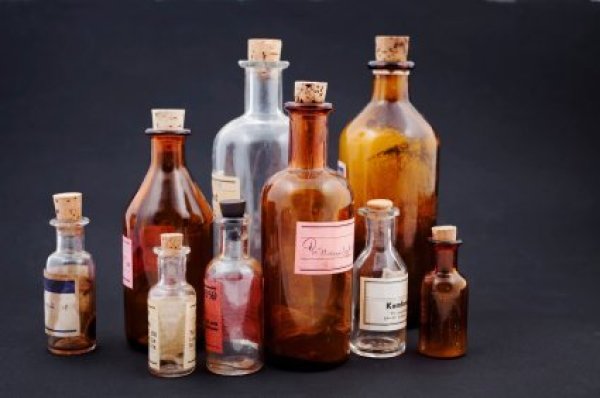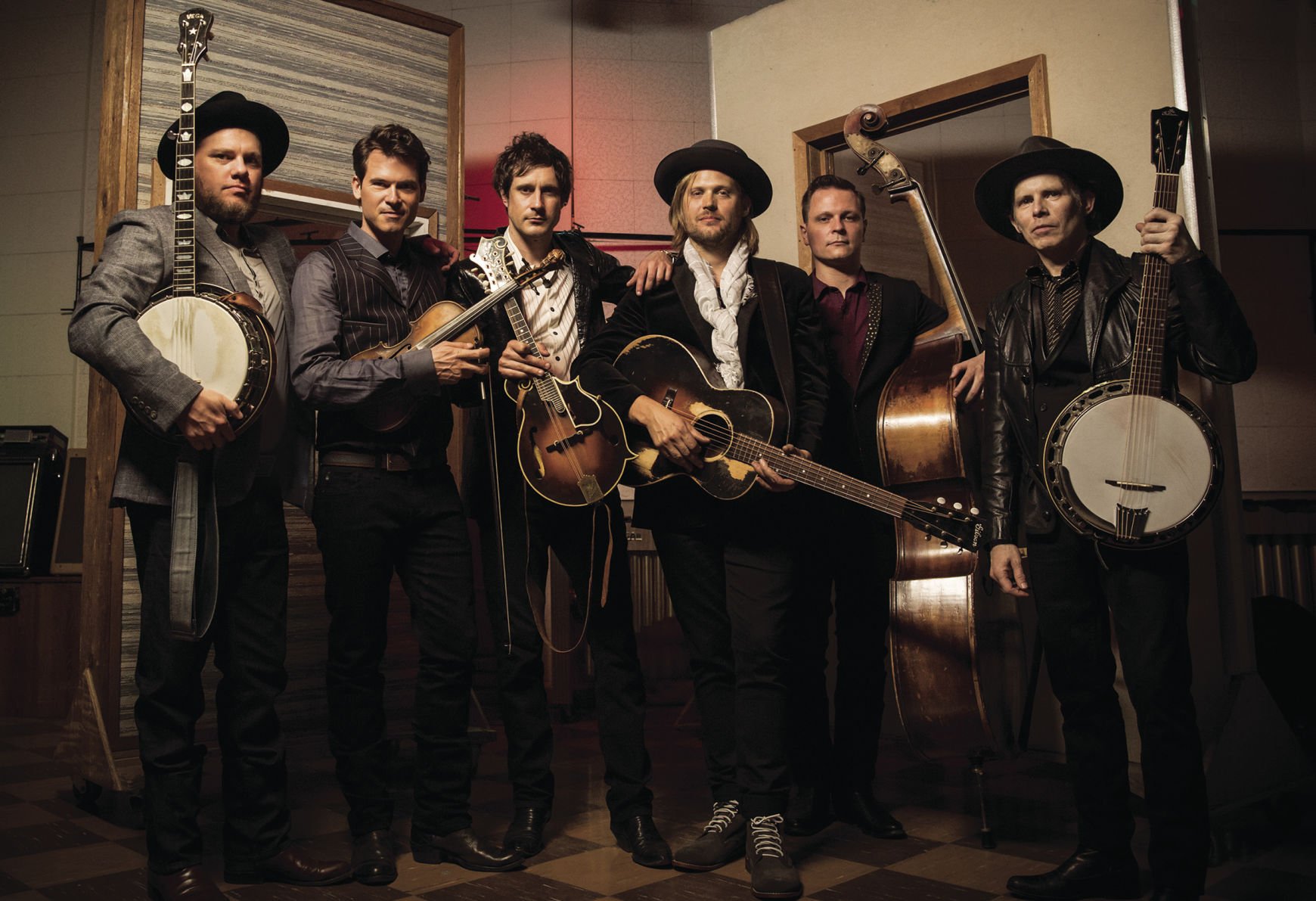
In the early days it was home-grown clubs and lots of opening slots for artists ranging from Dave Matthews Band to Ricky Skaggs. Together we pounded the pavement relentlessly sharing our songs, spreading our string band revival sound and bringing audiences to their feet night after night. During the mid 2000s while Critter took a hiatus, Old Crow brought in banjo players from Richie Stearns to Dave Rawlings to help plug the gap even Bucky Baxter played a few shows in the lineup. Soon thereafter Gill Landry joined the band in a similar fashion to Morgan. In 2004 Critter, Morgan, Kevin Hayes, Willie and I released the album O.C.M.S., including fan favorite “Wagon Wheel” (which, thanks in large part to our friend Darius Rucker, has gone on to be one of the top five best selling country songs of all time). It was with Morgan that we first moved from the streets of Lower Broad to the stage of Ryman Auditorium – the Mother Church of Country Music – to make our Grand Ole Opry debut. One night on Lower Broadway, Morgan Jahnig threw a dollar in the case and 20 years later he’s still our bassist. Like in Boone, busking continued to bear more than just tips. We made the big move as the new century dawned, bringing along buck dancing multi-instrumentalist Matt Kinman. We were a collective, immersed deeply in the richness of Appalachia, but more than that, we were a pack of friends becoming a band.Īfter a chance encounter on a downtown curb in Boone, NC with flat pick legend Doc Watson, we were invited to Merlefest where we caught the attention of Nashville. Kevin and I shared a cabin deep in a holler with no electricity or plumbing (we did have a sheep, Daisy, and a potbelly pig named Jazz). We lived off the land, worked in tobacco fields, made corn whiskey, and learned from the old-timers the affairs of plain living.

We had painter/poet Jake Hascup along the for the ride and Shani Abel, a sassy Lubbock Texan who sold found objects during our street corner sets.Īfter crossing and recrossing the continent we settled in the mountains of North Carolina to further explore our newfound musical farrago. Standing behind the big doghouse bass was founding member Benny Gould and, when he wasn’t birdwatching, wily Kevin Ahearn played the banjo. But right from the start it was me in the driver’s seat of that black ’82 Volvo station wagon with the flames painted on the side, Critter Fuqua riding shotgun, and in the rear view there was Willie Watson riding in Kevin Hayes’ Ford Econoline van (we called it the White Whale). Even today, Old Crow remains a collective, borrowing from the unique talents of an evolving cast. The lineup was fluid, just hitch up the best available pickers and singers around at the time, and if you had a car that was a plus. We knew we had captured something special.


Along the way we discovered a unique country sound both old and new, foreign and familiar. We brought our pawnshop fiddles, banjos, guitars and washboards to downtown street corners across Ontario, to paper mill towns above Lake Superior, farmers markets in Manitoba, Indian reservations in South Dakota, and out to the streets of Vancouver, Victoria, Seattle and Portland. Old Crow Medicine Show began in late September of 1998 when a monkey wrench gang of old-time string band musicians, most of us still in our teens, left Ithaca, New York to cross the Canadian border and play our way to the Pacific.


 0 kommentar(er)
0 kommentar(er)
